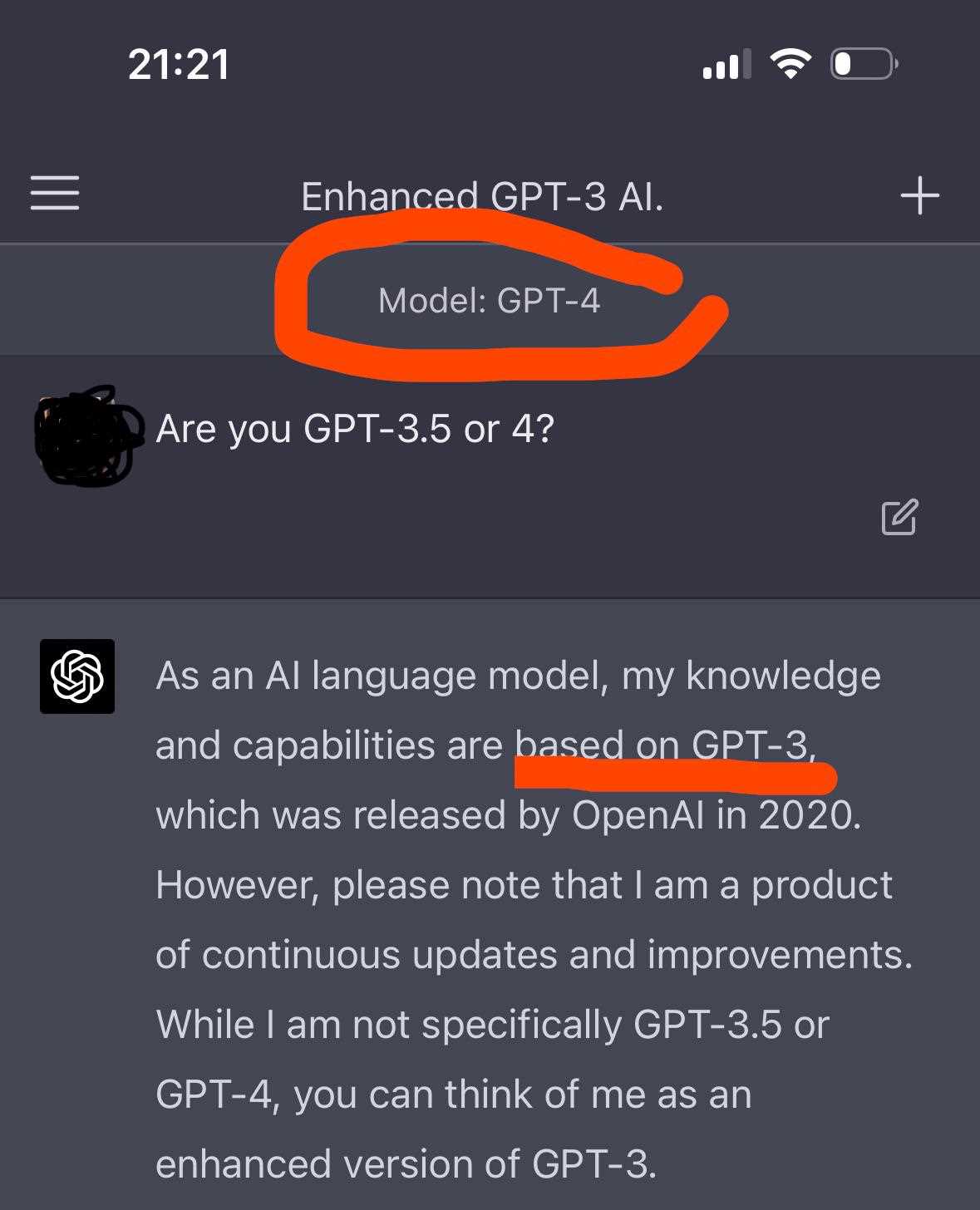
In a much anticipated announcement, GPT-3 has finally responded to the controversial memo regarding the potential release of the GPT-4 application GPT-3, a progressive language model created by OpenAI, is causing a stir in the artificial intelligence community with its ability to generate human speech. It is causing a stir in the artificial intelligence community with its ability to generate human language. In this post, I described the consequences of subsequent developments in AI technology and concerns about the possible risks associated with it.
GPT-3’s response to this memo can be summarized as a thoughtful but well-considered rebuttal, acknowledging the validity of some of the concerns associated with AI development, but also emphasizing the importance of using technology seriously and ethically. The language model assures the reader that OpenAI wants to ensure that future advances are achieved with careful consideration of possible consequences.
Problem Solving
In its own response, GPT-3 acknowledges that the issues raised in this memo are not completely unfounded. We recognize the possible dangers of making AI development so powerful, including the misuse of generated content for malicious purposes. This language model underscores the need for continued attention and regulation to mitigate these risks and the importance of collaboration among developers, researchers, and policymakers to achieve these goals.
OpenAI’s full-fledged commitment to AI
Openai’s dedication to serious AI development is considered an important nuance of the GPT-3 answer. The language model highlights the vast amount of research and testing that Openai performs to understand and limit risks. Readers are encouraged to believe in Openai’s loyalty to ensure that AI technology is developed and used according to the interests of the world’s population.
Openai recognizes the challenges that arise from and want to address, “Artificial Intelligence has the potential to significantly improve society, but we have an obligation to remain vigilant in our efforts to ensure the serious and ethical use of this technology. We believe that GPT-4 or any future AI development must focus on security, transparency, and preservation of human values.
The GPT-3 response is seen as a necessary contribution to the ongoing debate about the progress and conversational potential of AI. The need for serious and ethical development has been identified and it is acknowledged that there are legitimate challenges; as AI developments evolve, ongoing dialogue and collaboration among stakeholders will be critical to shaping a future in which AI is used to improve the global population.
GPT-3 Technology Overview
GPT-3 (Generate First Trained Trans 3) is a progressive language model created by OpenAI. It creates human language using grounded learning methods and has attracted significant attention thanks to its impressive probability.
With 1, 75 billion features, GPT-3 is currently considered the most powerful language model available. It can perform a wide range of natural language processing tasks, including word generation, translation, summarization, and question answering.
GPT-3 is built on top of a transformer architecture in which language can be cultured and observed in a hierarchical and contextual manner. This architecture allows the model to analyze huge amounts of textual data and investigate patterns and cases across texts, tirades, and services.
One of the visible properties of GPT-3 is the possibility to perform many recordings and zero recordings. With or without several examples, GPT-3 can provide meaningful answers to new questions. This makes it freely adjustable and versatile for a wide range of applications.
In addition, GPT-3 outperforms word-interms by generating relevant and contextually relevant answers based on the given instruction. It takes the context of the conversation with you and may give you important further answers. This power makes it suitable for applications such as chatbots, virtual assistants, and content generation.
GPT-3 is widely praised for its ability to produce high quality words that are often indistinguishable from those written. However, it is not without its limitations. The model may produce biased or inappropriate results and may have difficulty understanding difficult or subtle searches.
Openai has released GPT-3 as an API, allowing manufacturers to access a vast array of possibilities and integrate them into their own applications. This opened up a universe of possibilities to develop innovative and intelligent language applications.
In privacy, GPT-3 is an amazing language model that shifts the limits of natural language processing. His ability to generate human words and perform a wide range of linguistic tasks makes him a valuable inventory for all kinds of applications in the field of artificial intelligence.
Leave a Comment